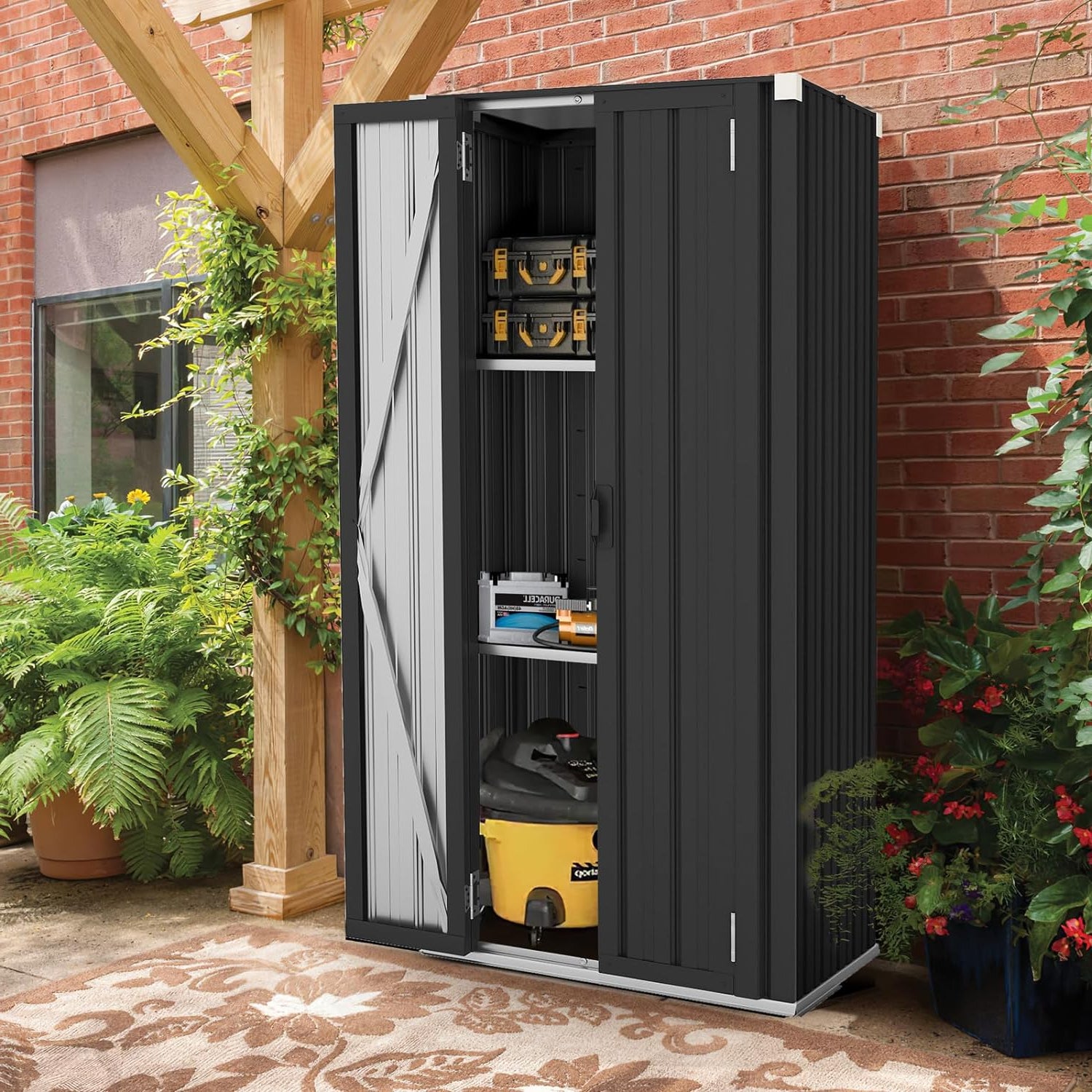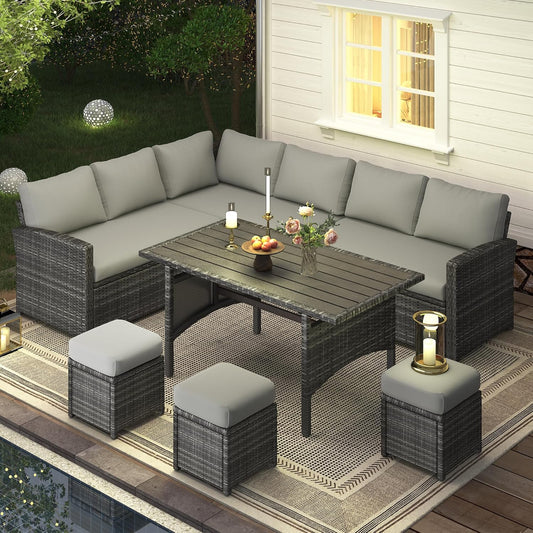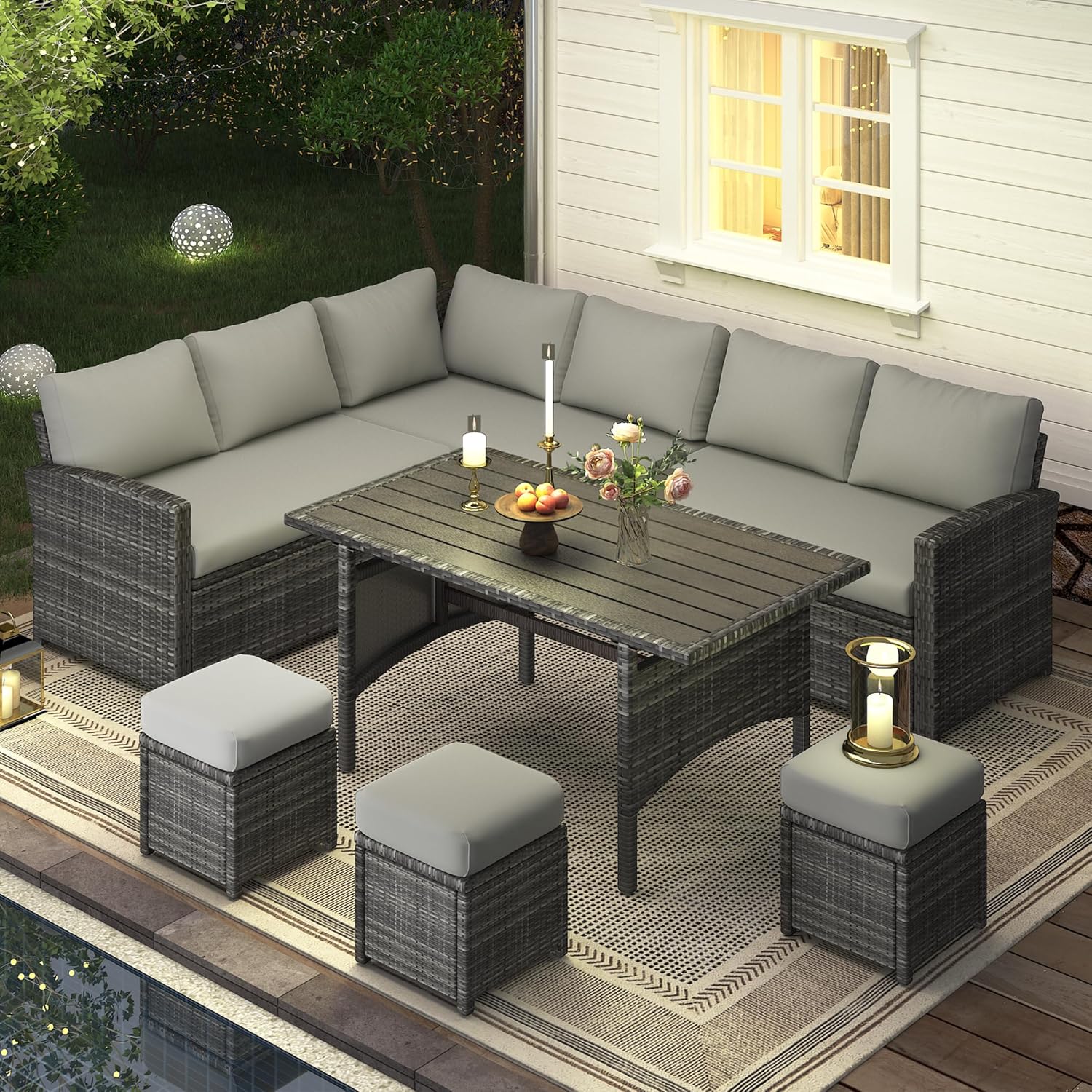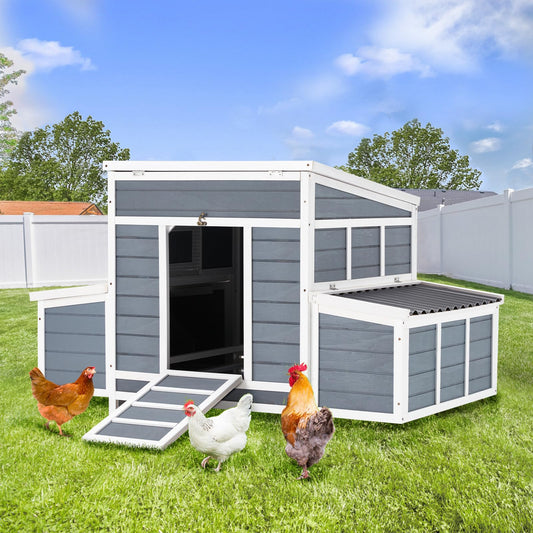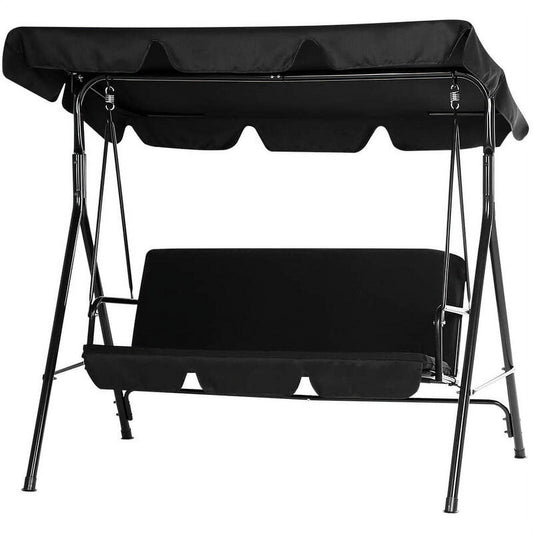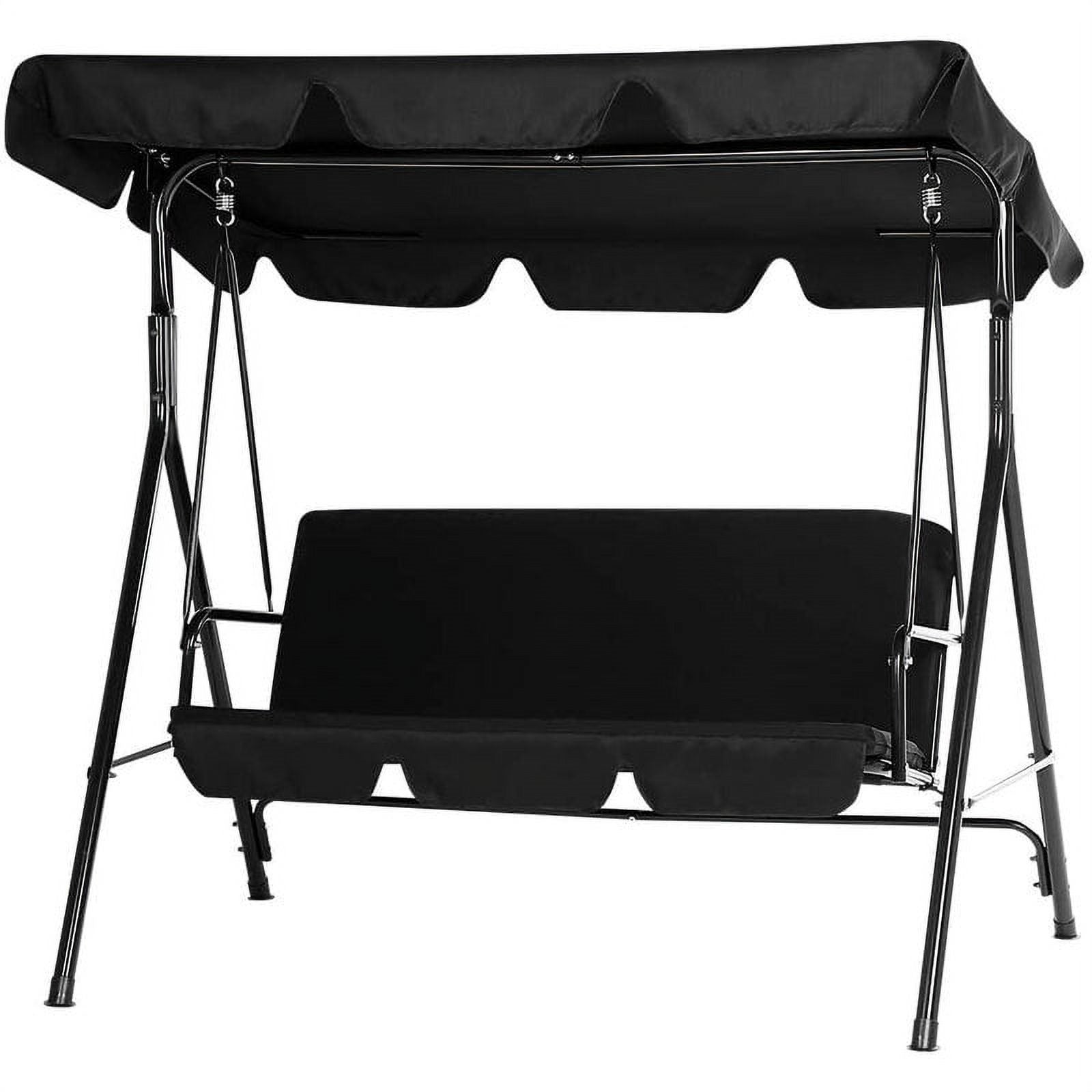1. Why Your Gazebo Roof Choice Impacts Longevity and Comfort
When picking a gazebo for your business—whether it’s for customer seating or equipment storage—most people focus on size or style. But the roof type? It’s what keeps your gazebo from leaking, rotting, or breaking down early.
Water accumulation is the biggest problem. I’ve seen a café use a flat roof gazebo—in 6 months, rain pooled on top, leaked through, and ruined outdoor sofas. They lost customers while fixing it. But a hardware store with a slanted roof gazebo and metal roof gazebo? Heavy rains rolled right off, no leaks, no hassle.
For business owners, a bad roof isn’t just a repair bill—it’s lost income. A flat roof gazebo might look modern, but it needs constant drain checks to avoid puddles. A slanted roof gazebo uses gravity to shed water, but only if you pick the right material (like a 10x12 gazebo metal roof, a popular size for small spots).
This guide will help you choose between flat and slanted roofs, pick the best material, and stop water buildup for good. Whether you’re brainstorming gazebo roof ideas or replacing an old roof, we’ll keep it simple.
Now, let’s start with the basics: what are the main gazebo roof types and materials?

2. Understanding Gazebo Roof Types and Materials
To pick the right roof, you first need to know how flat and slanted roofs work, and which materials pair best with them. No complicated stuff—just what you need to avoid water troubles.
2.1 Flat Roof Gazebos
Flat roof gazebos have a low, level top—great for narrow spaces (like a shop’s side patio) because they don’t take up much height. But “flat” doesn’t mean totally flat: they need a tiny slope (1–2 degrees) to guide water to drains. Skip this, and you’ll get puddles that seep in.
One bakery’s flat roof gazebo had no slope—after a week of rain, the roof sagged, and they had to replace the whole frame. Also, flat roof gazebos need monthly checks: leaves or debris clog drains fast, causing water to back up. They work only if you’re in a dry area and don’t mind regular maintenance.
2.2 Slanted Roof Gazebos
Slanted roof gazebos (pitched roofs) have a clear slope (15–30 degrees) that lets water and snow slide off fast. They’re perfect for rainy, snowy, or humid areas—no more puddles.
A restaurant used a 10x12 gazebo metal roof (fits 4–6 customers) with a 20-degree slope. Even summer thunderstorms? Water ran off in seconds, no leaks. Unlike their old flat roof gazebo, they barely had to maintain it.
Slanted roof gazebos also handle snow: it slides off instead of piling up (which crushes flat roofs). Pair one with a metal roof gazebo, and snow slides even faster—no shoveling. Great for businesses that use the gazebo year-round (like ski resorts).
2.3 Roof Material Options
The right material makes your roof’s slope work better. Here’s a quick breakdown of the top 3 materials to add to your gazebo roof ideas:
|
Material Type |
Best Roof Style |
Pros (Water Resistance) |
Cons (Water Resistance) |
Business Example |
|
Metal (Aluminum/Steel) |
Slanted |
Water slides fast; no absorption |
Needs sealed seams (to stop leaks) |
10x12 gazebo metal roof for a café |
|
Wood Shingles (Cedar/Pine) |
Slanted/Flat (with slope) |
Natural water resistance; warm look |
Absorbs water if not sealed; yearly treatment needed |
Slanted roof gazebo at a rustic B&B |
|
Polycarbonate Panels |
Slanted |
Lightweight; lets light in; water runs off |
Scratches easy; less durable |
Slanted roof gazebo at a nursery |
Quick tips:
Don’t use wood shingles on flat roof gazebos—they soak up water. Pick metal or polycarbonate instead.
For slanted roof gazebos, metal roof gazebo materials are lowest maintenance—no rot, few repairs.
Always seal gaps! Even a small hole in a 10x12 gazebo metal roof causes leaks—use waterproof tape during installation.
If you’re after a metal-roof option that fits slanted designs and works for wall-mounted setups, the YODOLLA 20x12 gazebo is a solid pick. Its dark metal roof slides water fast (no pooling) and holds up to weather, plus the wall-mounted design saves space—great for cafes or B&Bs wanting a low-maintenance, water-resistant spot.
Now that you know the basics, we’ll move to weather: how rain, snow, and wind affect each roof. Spoiler: slanted roof gazebos win in most climates—but let’s use real examples to show what works for your area.

3. Weather Considerations and Roof Performance
Your gazebo’s roof has to stand up to rain, snow, wind, and sun—how it handles these directly affects water accumulation and longevity. Let’s compare flat and slanted roofs simply, with real business examples.
3.1 Rain and Water Accumulation
Rain is the top cause of puddles, and slope is everything here.
Flat roof gazebos struggle even with a tiny 1–2 degree slope. A flower shop’s flat roof had water 2 inches deep after a storm, leaking into storage—they had to add extra drains and check them weekly. Stick to metal or polycarbonate (not wood shingles, which soak up water), but you can’t skip maintenance.
Slanted roof gazebos use gravity to drain fast. A café’s 10x12 gazebo metal roof (slanted 20 degrees) stayed dry during a flood that ruined nearby flat roofs. Steeper slopes (up to 30 degrees) work better—if you’re in a rainy area, pair a slanted roof gazebo with a metal roof gazebo for no-hassle drainage.
3.2 Snow Load and Ice Management
Snow weight can collapse roofs, and flat roofs are risky here.
A hardware store’s flat roof gazebo caved under 18 inches of snow—they lost weeks of storage while fixing it. Even light snow turns to ice, seeping into gaps. You’ll have to shovel after every storm if you’re in a snowy area.
Slanted roof gazebos let snow slide off on its own. A ski resort’s slanted metal roof shed 3 feet of snow in a day—no shoveling needed. Metal also melts ice faster, so you avoid leaky ice dams. Aim for a 25–30 degree slope in snowy regions.
3.3 Wind Resistance and UV Exposure
Winds tear at flat roofs: a coastal boutique’s flat roof lost its polycarbonate panel in 40-mph gusts, closing the patio for a week. Flat roofs catch wind like a sail, pulling away from the frame.
Slanted roof gazebos cut through wind—one at a beach café survived 50-mph winds with just loose screws to fix. The slope also keeps wind from pushing water into gaps.
For sun, flat roofs fade faster (full exposure wears materials out). A park’s flat wood shingle roof rotted in 2 years. Slanted roofs only face sun on one side—polycarbonate panels at a nursery held up 5 years, and UV-resistant metal roof gazebo materials last even longer.

4. Matching Roof Style to Yard and Aesthetic
Your gazebo should fit your business’s look—no need for clunky designs. Here’s how to pair flat/slanted roofs with common spaces, plus easy gazebo roof ideas.
4.1 Modern or Small Spaces
If your business is sleek (like a downtown café) or your yard is narrow (alley patio, small courtyard), a flat roof gazebo works best. It’s low-profile, so it doesn’t feel cramped.
Pair it with black metal or clear polycarbonate—matches modern vibes and drains rain well. A hair salon used a clear polycarbonate flat roof: it let light in, kept clients comfortable, and needed only monthly drain checks.
4.2 Rustic or Multi-Use Spaces
For cozy, natural looks (vineyards, cabin rentals) or gazebos that double as market booths/seating areas, go with a slanted roof gazebo. It feels organic and handles weather year-round.
Cedar shingles boost rustic charm (seal yearly to avoid leaks). For low maintenance, try a bronze metal roof gazebo—a rental company’s 10x12 gazebo metal roof patinaed nicely and shed snow easily.
Add a retractable roof gazebo feature to slanted roofs for flexibility: a community center opens it for sun, closes it for rain, and never cancels events.
Next up, we’ll cover simple installation and maintenance tips—even the best roof fails if installed wrong. We’ll keep it short, so you can avoid mistakes and keep your gazebo solid for years.
5. Practical Installation and Maintenance Tips
Even the best roof fails with bad installation or skipped upkeep. Here’s what business owners need to do—simple steps that save time and repairs.
For flat roof gazebos: Hire someone to add a 1–2 degree slope (non-negotiable for drainage). Install 2–3 drains (not just one) to avoid clogs, and use waterproof tape on all seams. Every month, clear leaves/dirt from drains—set a calendar reminder so you don’t forget. A bakery did this and cut leak repairs by 80%.
For slanted roof gazebos: Make sure the slope is even (use a level during install). If you’re using a metal roof gazebo (like a 10x12 gazebo metal roof), seal the panel edges with silicone—this stops wind-driven rain from seeping in. Every 6 months, check for loose screws (wind can wiggle them) and tighten as needed.
No matter the roof: Avoid cheap materials to save money short-term. A boutique used low-quality polycarbonate on their flat roof gazebo—it cracked in 6 months, costing more to replace than a good metal one would have.
If you’re working with a wooden slanted roof gazebo, the YODOLLA 14'x12' model is a solid pick. It has pre-designed slope for drainage and sturdy pine wood frames, just remember to have 2-3 people assemble it and check the braces yearly to keep it stable.

6. Enhancing Functionality and Longevity
You can make your gazebo roof work harder and last longer with small upgrades—most take little time or money.
Add gutters to slanted roof gazebos: A slanted roof gazebo with a metal roof gazebo drains fast, but gutters direct water away from the gazebo’s base (prevents rotting wood). A vineyard added gutters to their cedar-shingled slanted roof, and the frame lasted 5 years longer than expected.
For flat roof gazebos: Put a UV-resistant coating on metal/polycarbonate—this stops sun damage and fading. A hair salon did this, and their roof stayed in good shape for 7 years (vs. 3 years without the coating).
Consider a retractable roof gazebo add-on: If you have a slanted roof gazebo, a retractable panel lets you switch between open air and rain protection. A community center uses this for markets—they open it on sunny days to attract customers, close it on rainy ones to keep events going.
These small tweaks turn a basic roof into one that works for your business year-round.
7. Common Problems and How to Avoid Them
Business owners often face the same roof issues—here’s how to spot and stop them before they get worse.
Problem 1: Water pooling on flat roof gazebos.
Fix: Check drains weekly (set reminders) and add a second drain if clogs happen often. If water still pools, hire someone to adjust the slope slightly—this is cheaper than fixing a sagging roof.
Problem 2: Snow/ice damage on flat roof gazebos.
Fix: In snowy areas, avoid flat roofs if you can—switch to a slanted roof gazebo. If you have to keep a flat one, shovel snow after storms (don’t let it pile over 6 inches) and use ice melt (not salt, which damages metal).
Problem 3: Leaks around metal roof gazebo seams.
Fix: During install, use high-quality silicone sealant. Every 6 months, inspect seams—if you see cracks, reapply sealant. A café did this and stopped a small leak from turning into a $500 repair.
Problem 4: Fading/rotting from sun exposure.
Fix: For wood shingles (on slanted roof gazebos), apply a water-and-UV sealant yearly. For metal/polycarbonate (any roof), use UV-resistant products. A park followed this, and their wood-shingled roof didn’t rot for 8 years.
8. Conclusion: Making the Right Choice for Your Climate and Lifestyle
Picking between flat and slanted gazebo roofs boils down to two things: your local weather and how you use the gazebo.
If you’re in a dry area with a small, modern space (like a downtown patio), a flat roof gazebo works—just don’t skip the 1–2 degree slope, multiple drains, and monthly checks. Pair it with metal or UV-coated polycarbonate to avoid quick damage.
But for most businesses—especially those in rainy, snowy, or windy areas—a slanted roof gazebo is the safer bet. It sheds water and snow on its own, resists wind better, and needs less constant upkeep. Pair it with a metal roof gazebo (like a 10x12 gazebo metal roof) for low maintenance, or add a retractable roof gazebo panel if you want flexibility for sunny/rainy days.
Remember: Good installation and simple upkeep (sealing seams, checking drains) make any roof last longer. Don’t cut corners on materials or slope—this saves you from costly repairs and lost business time later.
Choose based on what solves your biggest weather problem (rain, snow, wind) and fits your space’s look. Do that, and your gazebo roof will keep your business’s outdoor area useful for years.
















